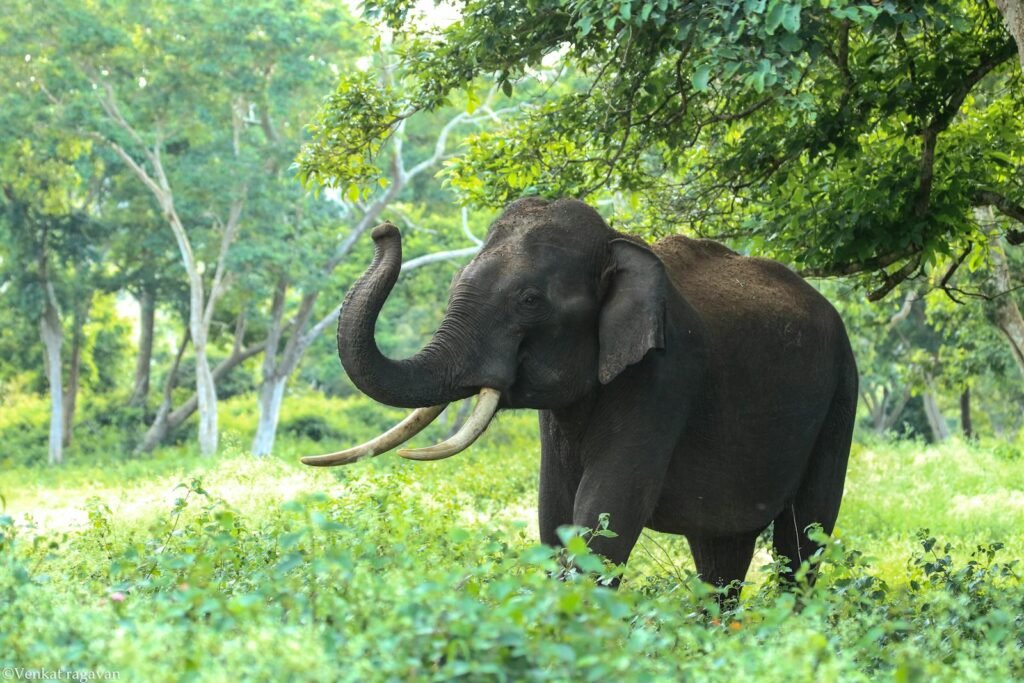In the dense forests and lush landscapes of Malaysia, majestic elephants roam, playing a crucial role in maintaining the ecosystem. However, these gentle giants face numerous threats, from habitat loss to poaching. As technology advances, a new hope emerges for the conservation of Malaysia’s elephants: Artificial Intelligence (AI). This article delves into how AI technology is revolutionizing efforts to protect these magnificent creatures, making a compelling case for its role in wildlife conservation.
The Threats Facing Malaysia’s Elephants
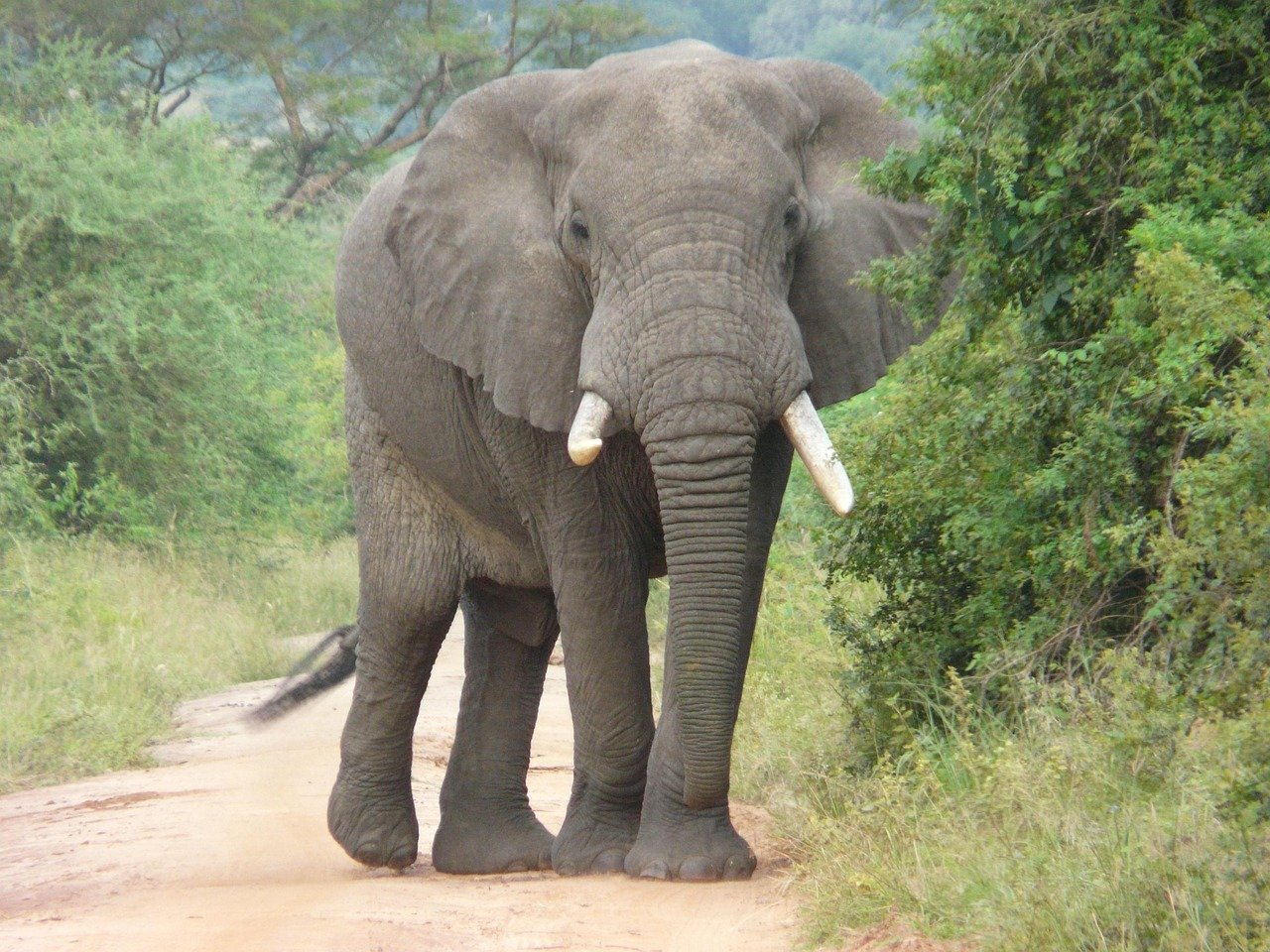
Malaysia’s elephants are under siege from a variety of threats. The expansion of agriculture and urban development has led to significant habitat destruction, forcing elephants into smaller, fragmented spaces. This displacement not only endangers their survival but also increases human-elephant conflicts. Poaching for ivory, although illegal, continues to pose a significant threat. These challenges necessitate innovative conservation strategies, and AI technology is stepping up to address them.
AI-Powered Monitoring Systems
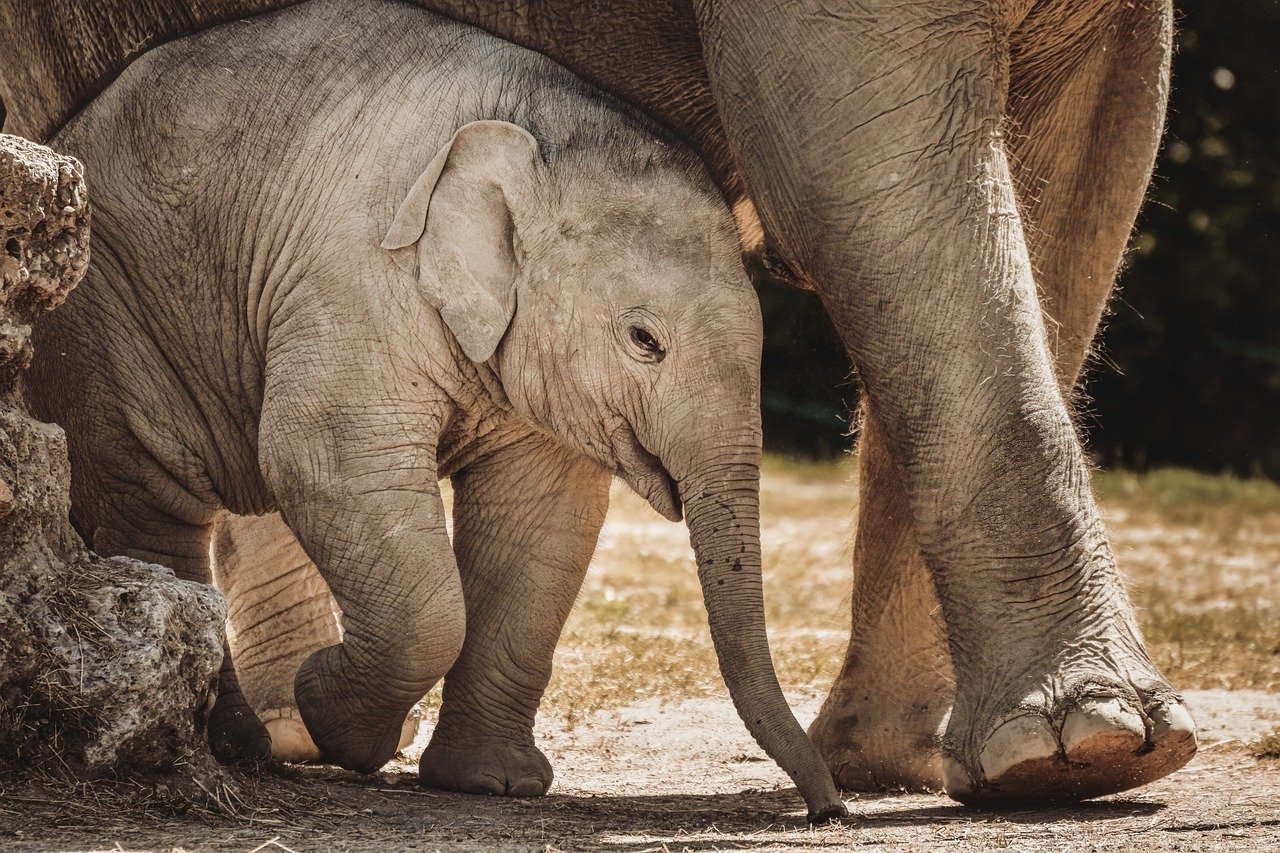
One of the most promising applications of AI in elephant conservation is the development of AI-powered monitoring systems. These systems utilize machine learning algorithms to analyze data collected from cameras and sensors placed throughout the elephants’ habitats. By identifying patterns and detecting anomalies, AI can alert conservationists to potential threats in real-time. This proactive approach enables quicker responses to emergencies, ultimately safeguarding the elephants more effectively.
Predictive Analytics for Conservation Strategies
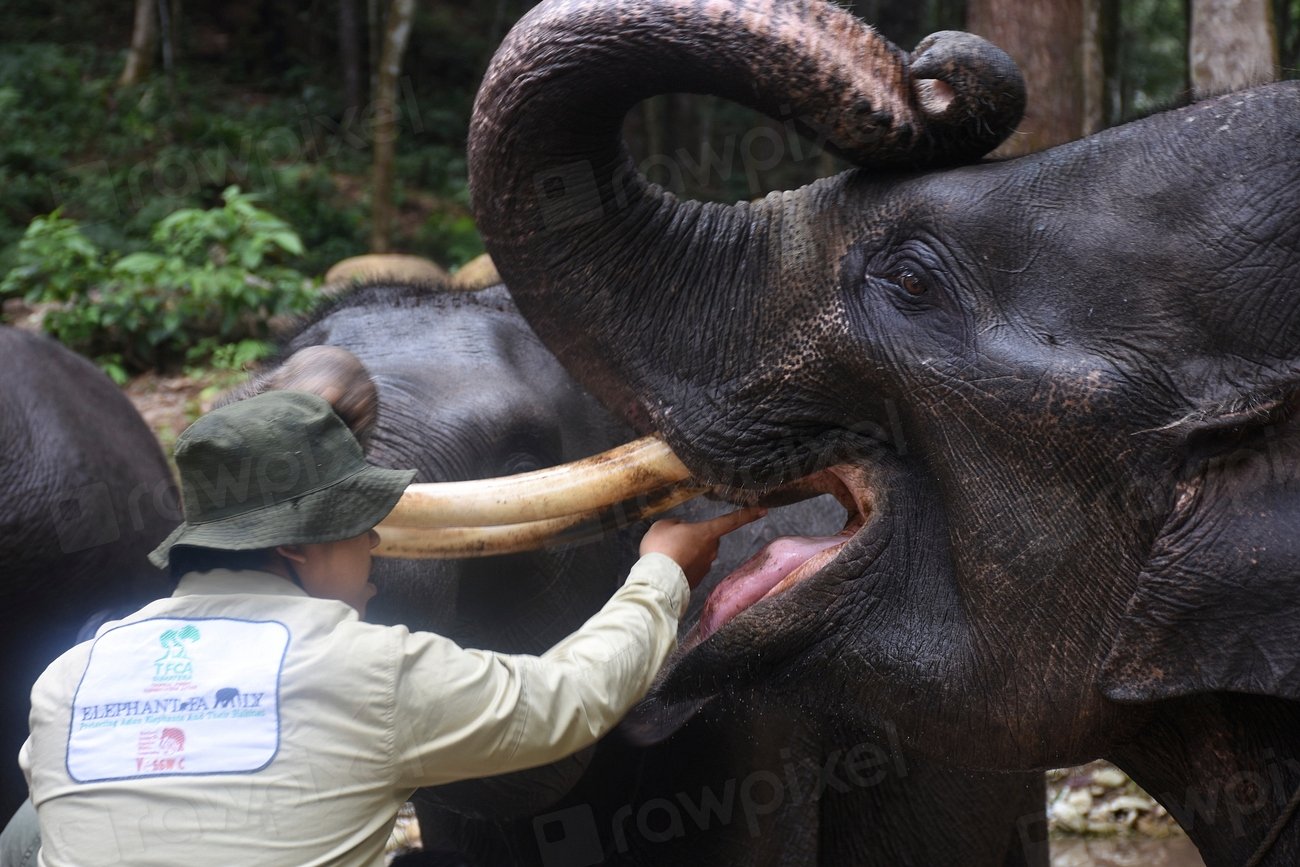
AI’s ability to process vast amounts of data allows for the creation of predictive models that can forecast potential threats to elephant populations. By analyzing historical data and current trends, AI can help conservationists anticipate changes in elephant behavior or habitat conditions. This foresight is invaluable in devising long-term conservation strategies that are both adaptive and sustainable, ensuring a safer future for Malaysia’s elephants.
Drone Surveillance and AI
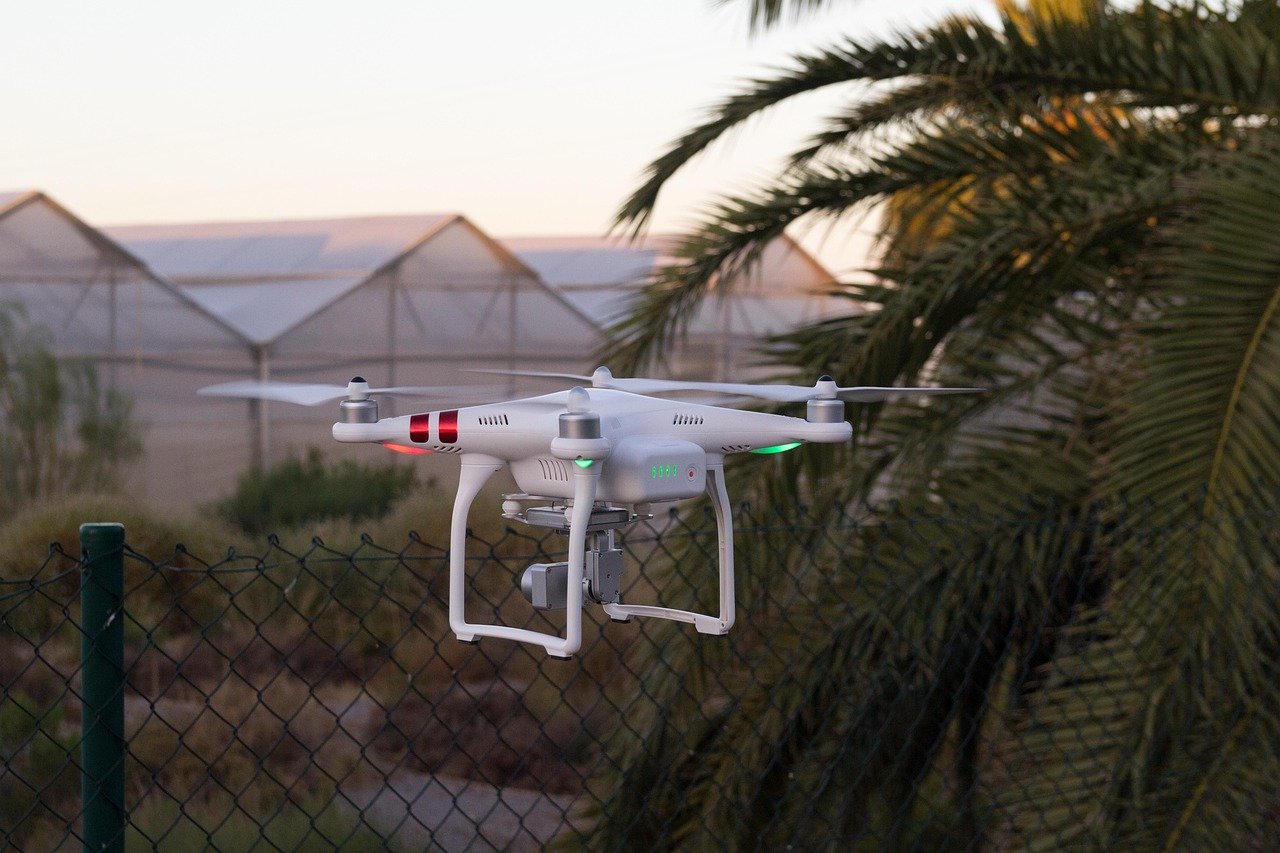
Drones equipped with AI technology are becoming a game-changer in elephant conservation. These drones can cover large areas quickly, capturing high-resolution images and videos. AI algorithms then analyze this data to identify elephants and track their movements. This technology not only enhances the efficiency of monitoring efforts but also reduces human intervention, minimizing disturbances to the elephants’ natural behavior.
AI in Combating Poaching
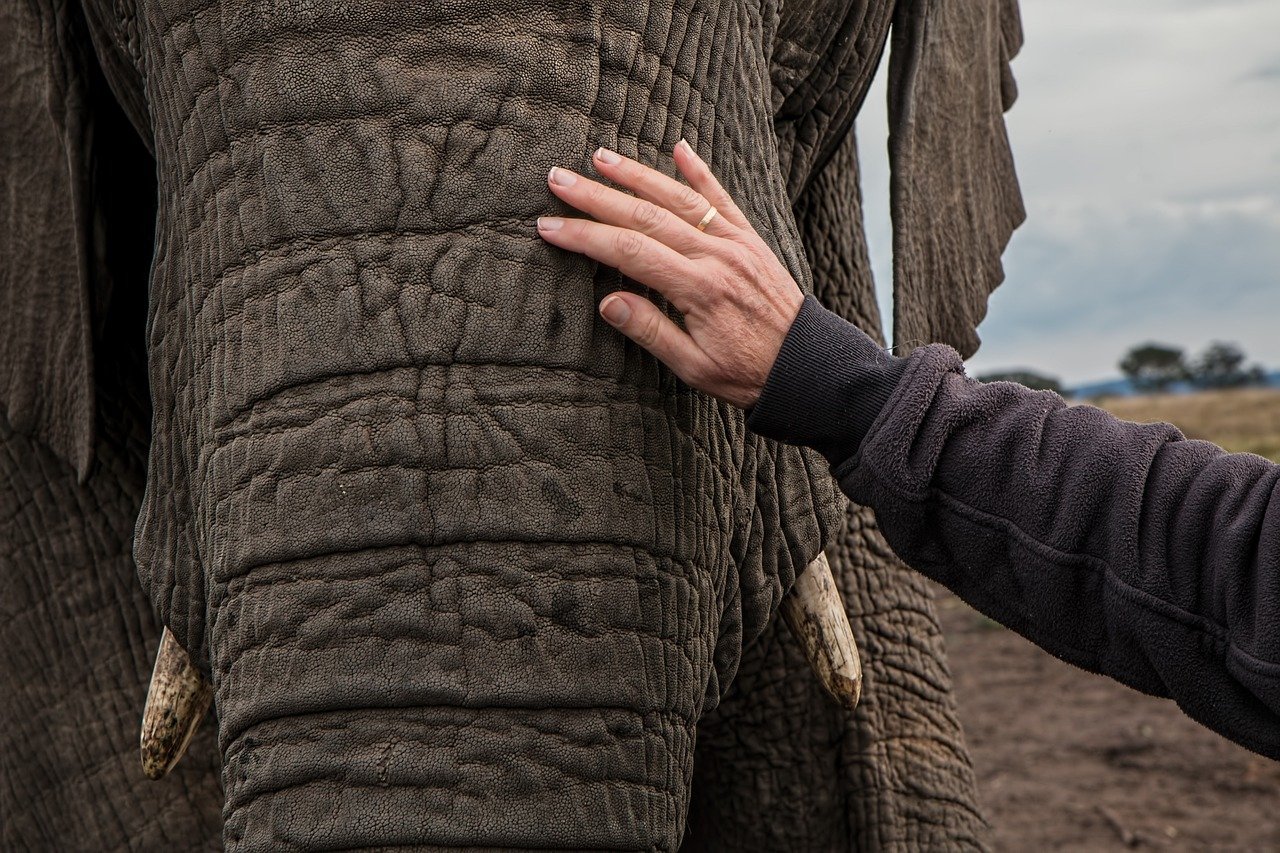
Poaching remains a grave threat to Malaysia’s elephants, but AI is making strides in combating this illegal activity. AI systems can process data from various sources, such as social media, to detect potential poaching activities. Additionally, AI can analyze patterns in poaching incidents, helping authorities anticipate and prevent future occurrences. This technology transforms the fight against poaching from reactive to proactive, offering a glimmer of hope for the elephants’ survival.
Improving Human-Elephant Coexistence
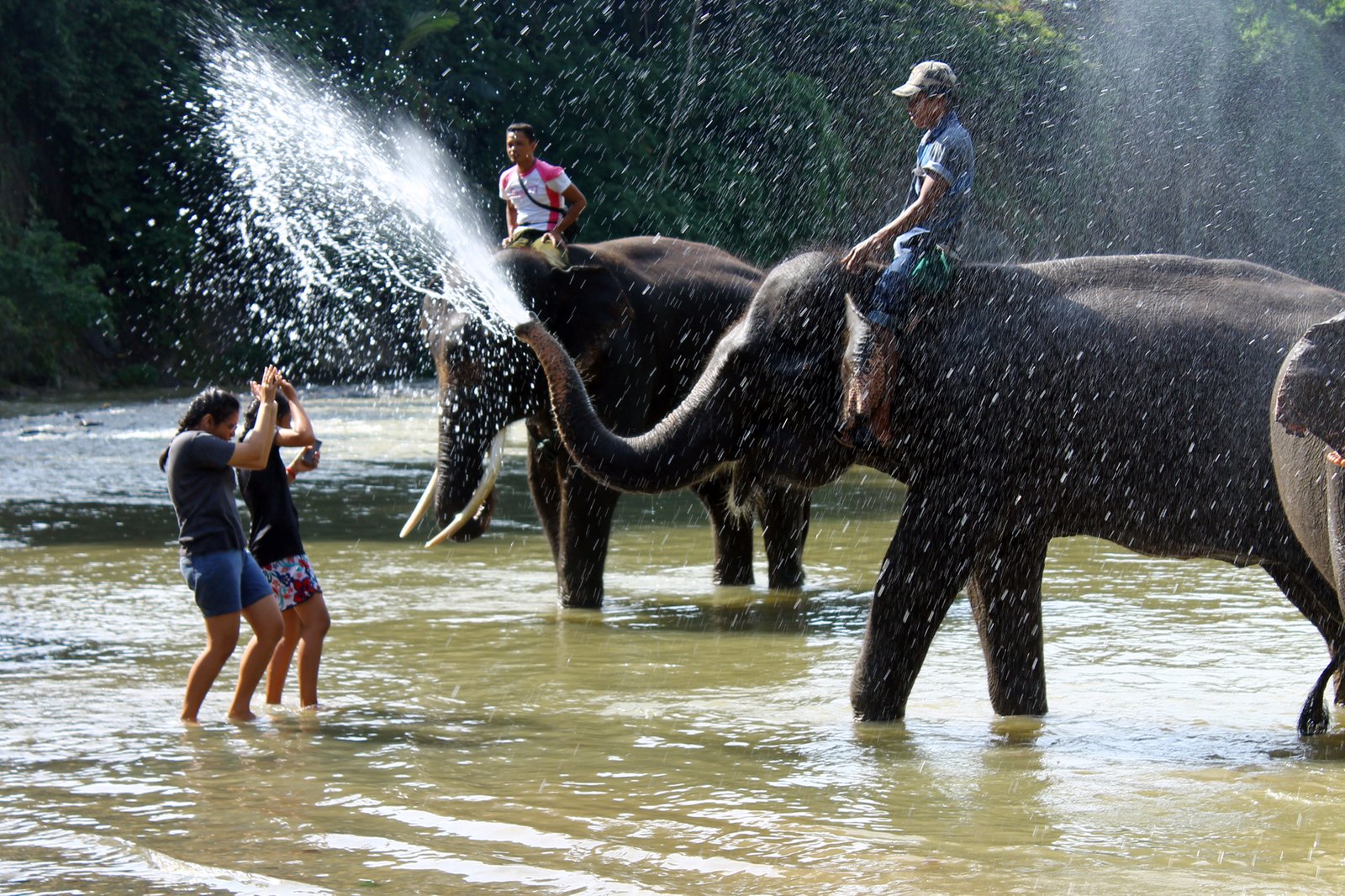
AI technology is also playing a pivotal role in improving human-elephant coexistence. By analyzing data on elephant movements and human activities, AI can predict potential conflict zones and times. This information allows for the implementation of measures to prevent encounters, such as alerting communities or rerouting elephants away from human settlements. Such proactive measures are essential in fostering harmony between humans and these gentle giants.
AI in Habitat Restoration
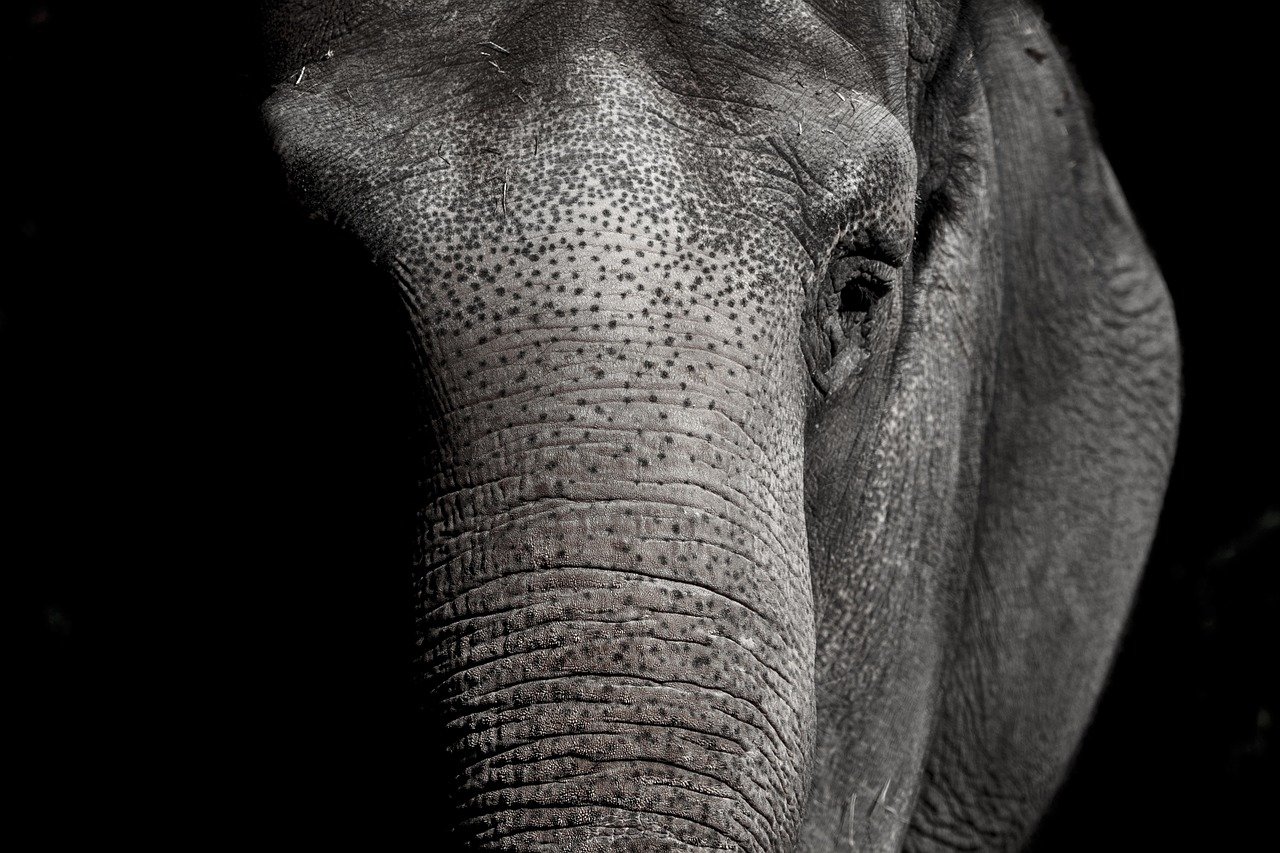
Restoring and preserving elephant habitats is crucial for their survival, and AI is aiding in this effort. AI algorithms can analyze satellite images to assess habitat conditions and identify areas requiring restoration. This data-driven approach ensures that conservation efforts are targeted and efficient, maximizing the impact on elephant survival. By leveraging AI, conservationists can make informed decisions that benefit both the elephants and the broader ecosystem.
Community Engagement through AI
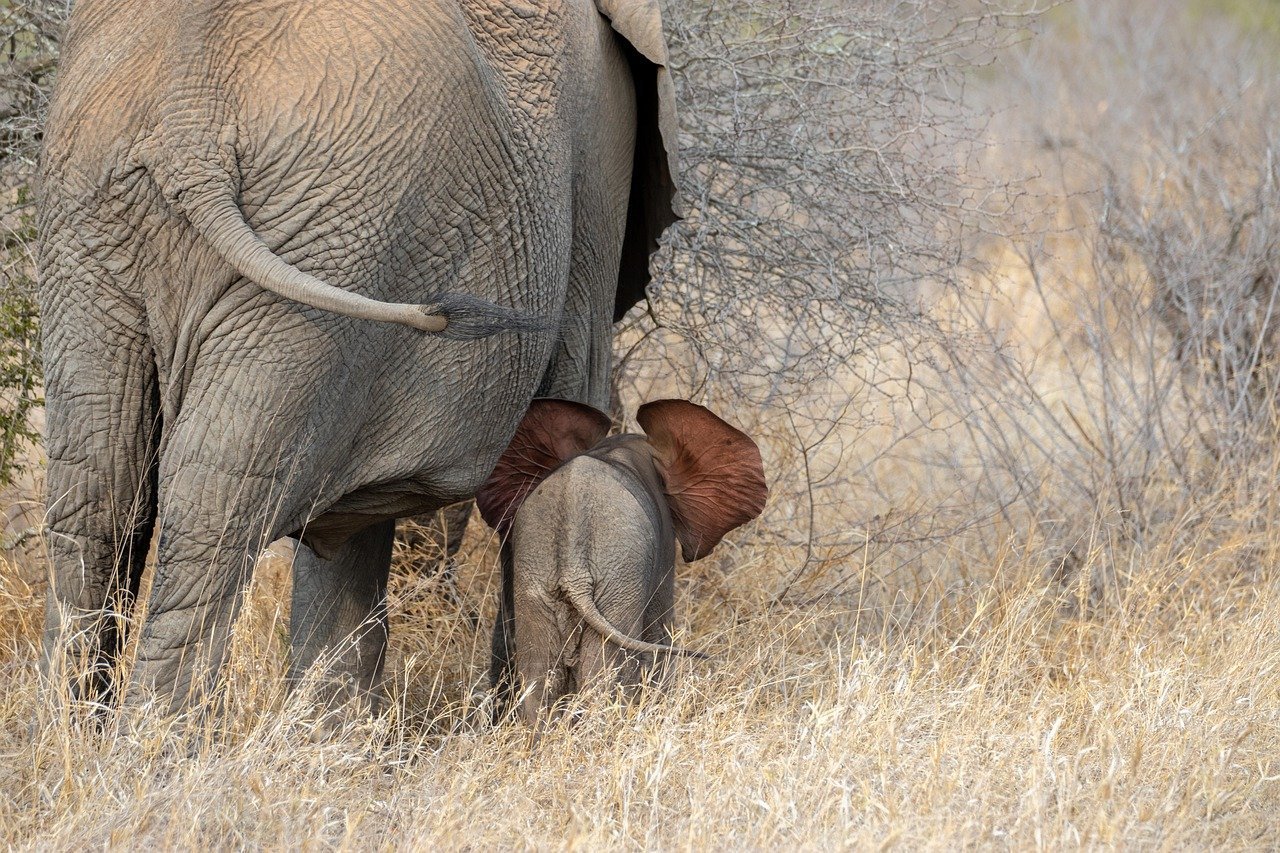
AI is fostering community engagement in elephant conservation by making information accessible and actionable. AI-driven platforms can provide local communities with real-time data on elephant movements and conservation efforts. This transparency empowers communities to actively participate in conservation activities, creating a sense of ownership and responsibility. By involving local stakeholders, AI is building a stronger, more united front in the fight to protect Malaysia’s elephants.
Ethical Considerations of AI in Conservation
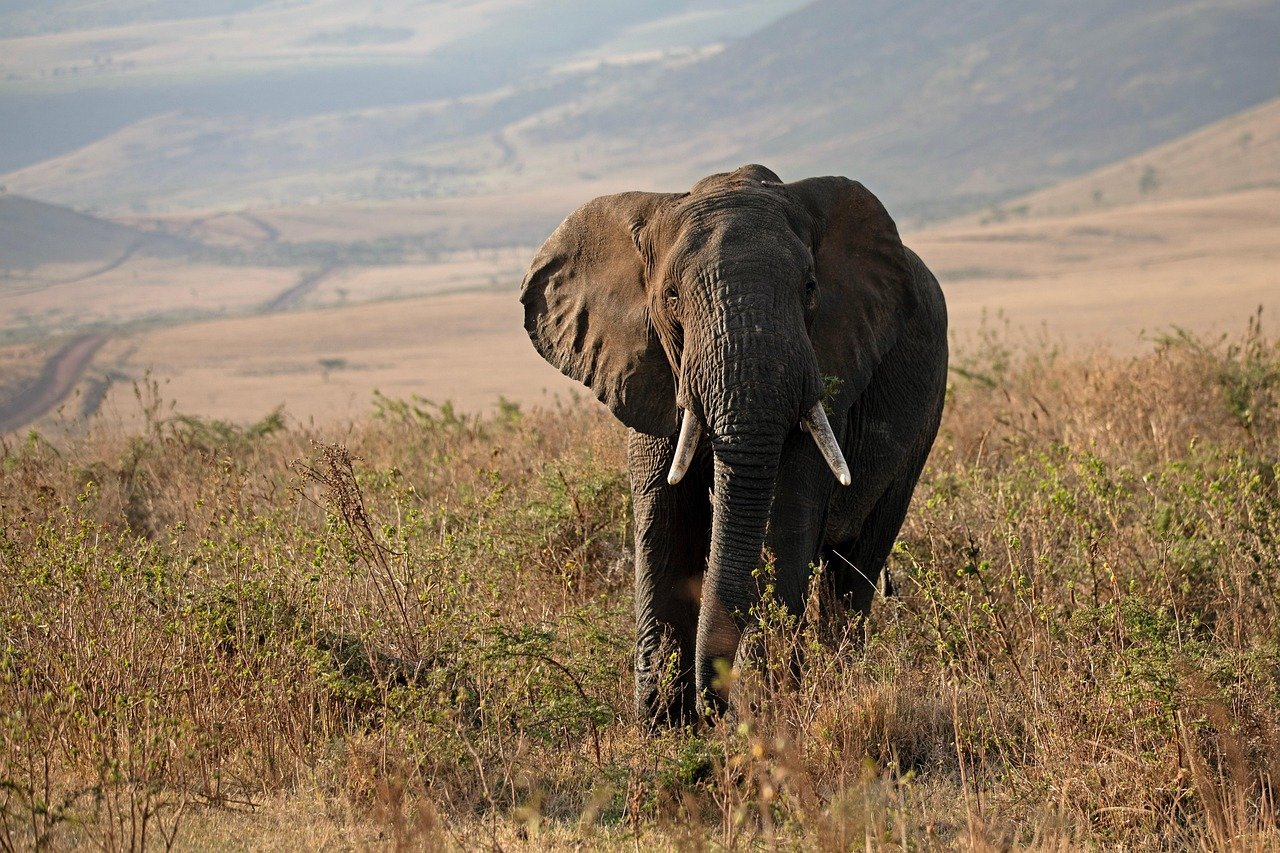
While AI offers numerous benefits, its application in conservation raises ethical considerations. The use of AI must respect the privacy of both elephants and humans, ensuring that data collection and analysis are conducted responsibly. Moreover, the deployment of AI technology should be inclusive, considering the perspectives and needs of local communities. Addressing these ethical concerns is essential to ensure that AI is a force for good in elephant conservation.
The Future of AI in Wildlife Conservation
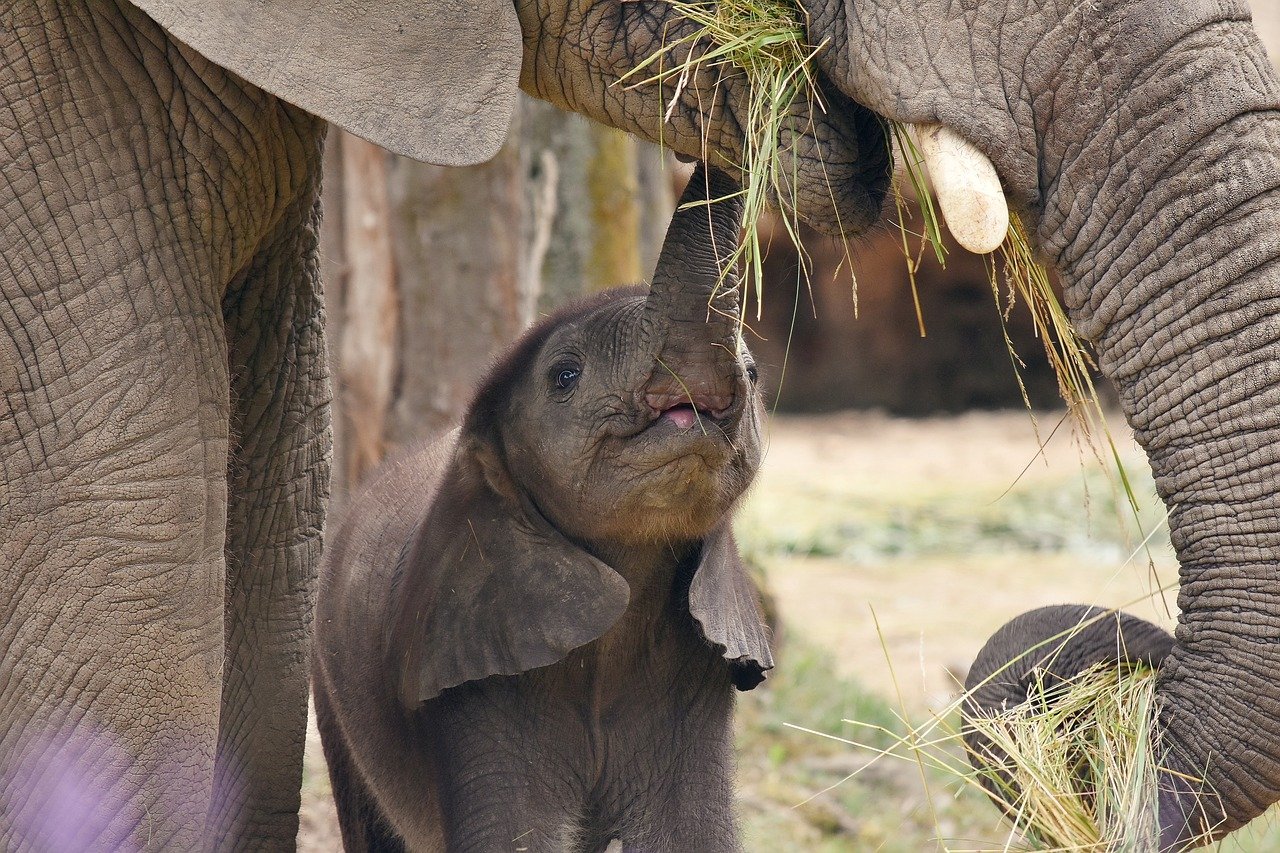
As AI technology continues to evolve, its potential to transform wildlife conservation is immense. From enhancing monitoring capabilities to predicting future threats, AI offers unprecedented opportunities to protect Malaysia’s elephants and other endangered species. However, realizing this potential requires collaboration between technologists, conservationists, and local communities. Together, they can harness the power of AI to create a brighter future for Malaysia’s elephants, ensuring their survival for generations to come.

